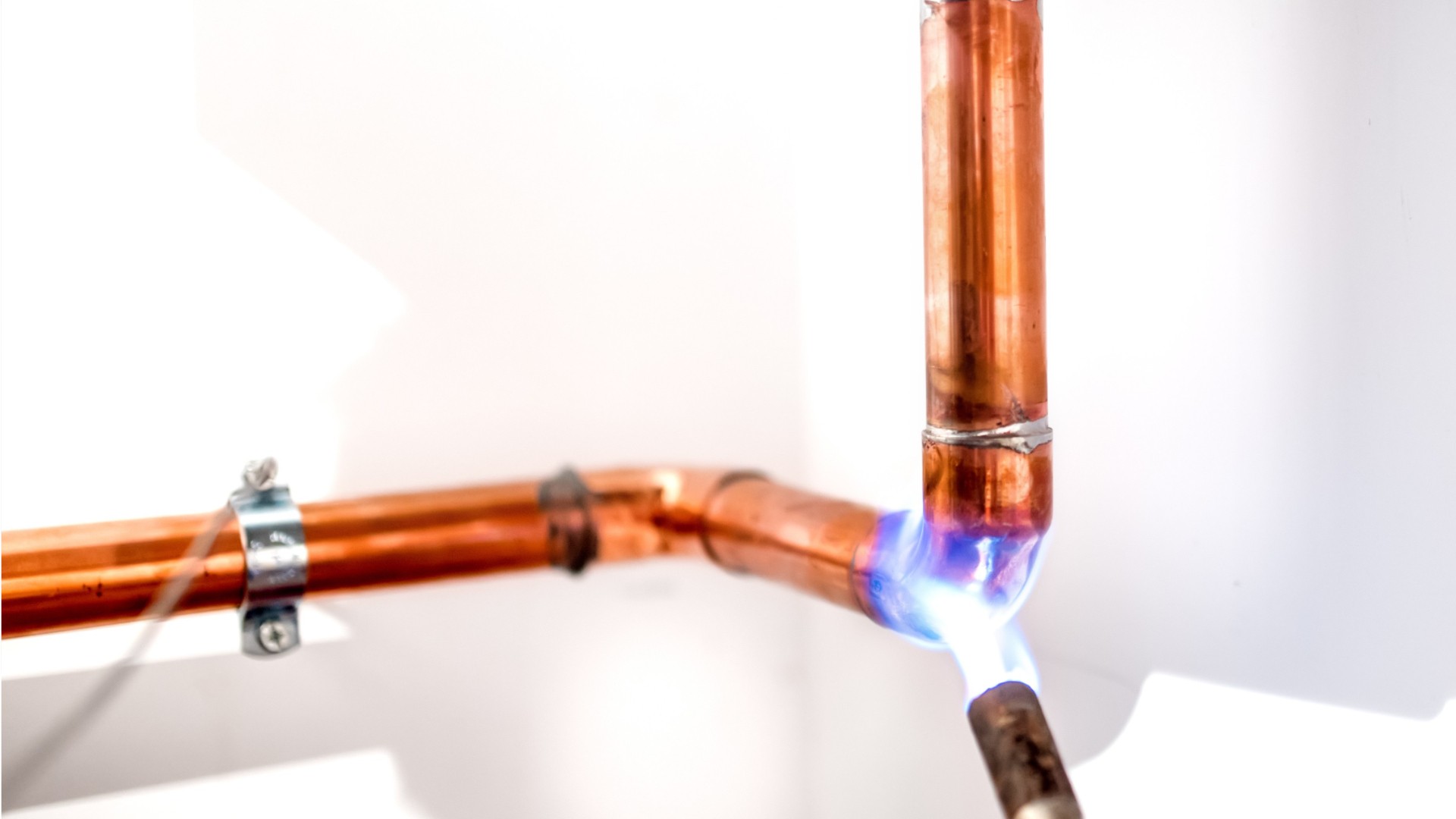Plumbers, Pipefitters, & Steamfitters
Pipefitter, Plumber, Sprinkler Fitter, Steamfitter
 Select a military branch to see samples.
Select a military branch to see samples.
Infrastructure Systems Superintendent; Water and Fuel Systems Maintenance; Water and Fuel Systems Maintenance Apprentice; Water and Fuel Systems Maintenance Craftsman; Water and Fuel Systems Maintenance Craftsman, Fuel Systems Maintenance; Water and Fuel Systems Maintenance Helper; Water and Fuel Systems Maintenance Journeyman; Water and Fuel Systems Maintenance Journeyman, Fuel Systems Maintenance
Cannon Crewmember; Cavalry Scout; Combat Engineer; Construction Engineering Supervisor; Construction Engineering Technician; Plumber; Wheeled Vehicle Mechanic
Damage Controlman; Machinery Technician; Marine Safety Specialist Engineer; Material Maintenance Specialty; Naval Engineering Specialty
Combat Engineer; Combat Engineer Officer; Utilities Chief; Utilities Officer; Water Support Technician
Advanced Utilitiesman; Auxiliary Equipment Technician; Conversion NEC HT Hull Maintenance Technician Basic; Damage Controlman; Facilities Engineering Officer; Fire Controlman; Hull Systems Technician; Machinists Mate, Non-Nuclear, Submarine Auxiliary; NAMTS Pipefitter; Public Works Officer
No similar titles were found.
What they do:
Assemble, install, alter, and repair pipelines or pipe systems that carry water, steam, air, or other liquids or gases. May install heating and cooling equipment and mechanical control systems. Includes sprinkler fitters.
On the job, you would:
- Shut off steam, water, or other gases or liquids from pipe sections, using valve keys or wrenches.
- Install underground storm, sanitary, or water piping systems, extending piping as needed to connect fixtures and plumbing.
- Assemble pipe sections, tubing, or fittings, using couplings, clamps, screws, bolts, cement, plastic solvent, caulking, or soldering, brazing, or welding equipment.
Knowledge
Engineering and Technology
- building and construction
- mechanical
Math and Science
- arithmetic, algebra, geometry, calculus, or statistics
- physics
Business
- customer service
- management
Safety and Government
- public safety and security
Skills
Basic Skills
- thinking about the pros and cons of different ways to solve a problem
- keeping track of how well people and/or groups are doing in order to make improvements
People and Technology Systems
- thinking about the pros and cons of different options and picking the best one
Problem Solving
- noticing a problem and figuring out the best way to solve it
Abilities
Hand and Finger Use
- put together small parts with your fingers
- hold or move items with your hands
Ideas and Logic
- notice when problems happen
- use rules to solve problems
Physical Strength
- use your lower back and stomach
- exercise for a long time without your muscles getting tired
Spatial
- imagine how something will look after it is moved around or changed
Personality
People interested in this work like activities that include practical, hands-on problems and solutions.
They do well at jobs that need:
- Cautiousness
- Attention to Detail
- Dependability
- Perseverance
- Integrity
- Stress Tolerance
Technology
You might use software like this on the job:
Accounting software
- Bookkeeping software
- Intuit QuickBooks
Analytical or scientific software
- Bentley Systems AutoPIPE
- Watter Hammer Software Hytran
Computer aided design CAD software
- Drawing and drafting software
- ViziFlow
Education
Education: (rated 3 of 5)
certificate after high school or
high school diploma/GED
usually needed
high school diploma/GED
usually needed
Job Outlook
Bright
New job opportunities are very likely in the future.
Explore More
- Boilermakers
- Helpers--Pipelayers, Plumbers, Pipefitters, & Steamfitters
- Maintenance & Repair Workers, General
- Pipelayers
- Septic Tank Servicers & Sewer Pipe Cleaners
You might like a career in one of these industries:
See more details at O*NET OnLine about Plumbers, Pipefitters, & Steamfitters.





